THE Irish Thoroughbred Breeders’ Association is embarking on a major project for 2022 aimed at helping breeders to stay ahead of the curve on climate action.
The issue has become a hot topic, especially for Ireland’s agricultural sector which is likely to have to reduce emissions by up to 30% in the next nine years. Next week the Government is due to announce sectoral emission ceilings.
It is generally acknowledged that breeding and rearing horses has a far less negative impact on the environment than beef or dairy farming, but the ITBA is taking the matter very seriously.
Shane O’Dwyer, chief executive of the ITBA, said: “We have taken an early lead on climate action and identifying what it means for thoroughbred breeders. In June we hosted a webinar on this topic which featured contributions from Senator Pippa Hackett, climate experts Professors John Sweeney and Jim McAdam, and soil specialists John Geraghty and David O’Connell. Further investigation of this important subject will be a priority for us in 2022.”
One of the ITBA’s key objectives for 2022 will centre around an assessment of both carbon emissions and biodiversity levels present on Irish stud farms.
O’Dwyer said: “The ultimate aim of the project is for the thoroughbred breeding industry in Ireland to identify and adapt management practices that will make a real difference.”
The project has these six objectives:
O’Dwyer added: “Horses produce considerably less carbon than cattle, are non-intensive, are low users of chemical fertiliser and have low stocking rates. Because breeders are coming off a low carbon base, improvements will be more difficult to achieve but with innovated solutions we should achieve positive results. The association is currently engaging with the Department of Agriculture on any such initiatives beneficial to breeders.”
Teagasc’s equine advisor Wendy Conlon commented: “It is suggested that equine farms are in general lower stocked or more extensive than some of the other systems, that they have lower nitrogen inputs, lower risk of nutrient losses and emissions per hectare, and perceived lower negative impacts on biodiversity. But there is a need for much more research and data collection in this area to quantify these matters.”
Earlier this week the Irish Farmers Journal published research findings which claim rural Ireland risks facing a €4 billion hit to the economy and the loss of 56,400 farming-related jobs if a 30% reduction in carbon emissions is imposed on agriculture by 2030.
The report, carried out by consultants KPMG and commissioned by the Irish Farmers Journal, shows that the rollout of both existing and new emission-reduction technologies enable agriculture to cut carbon emissions by 13% to 18%.
Any Government target beyond this level, the report claims, will exceed the scope of available technologies and require a reduction in cattle numbers.
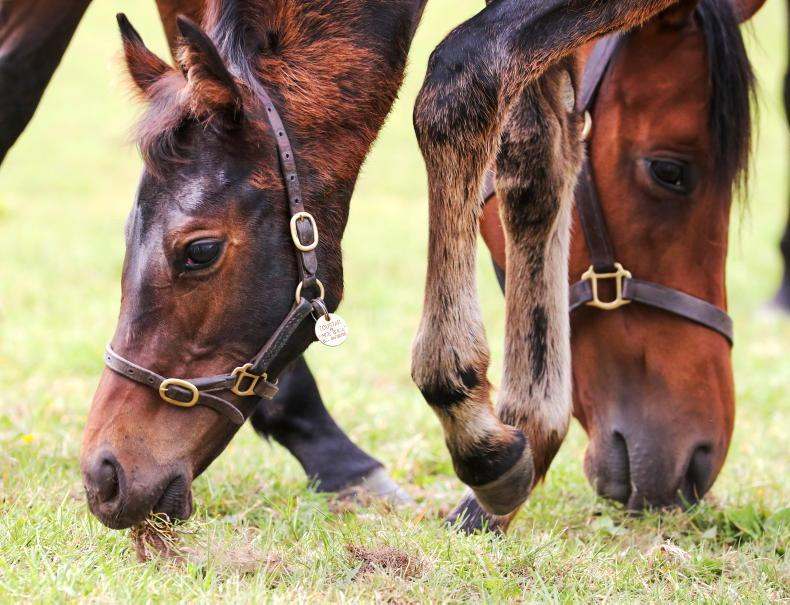

 This is a subscriber-only article
This is a subscriber-only article
 It looks like you're browsing in private mode
It looks like you're browsing in private mode





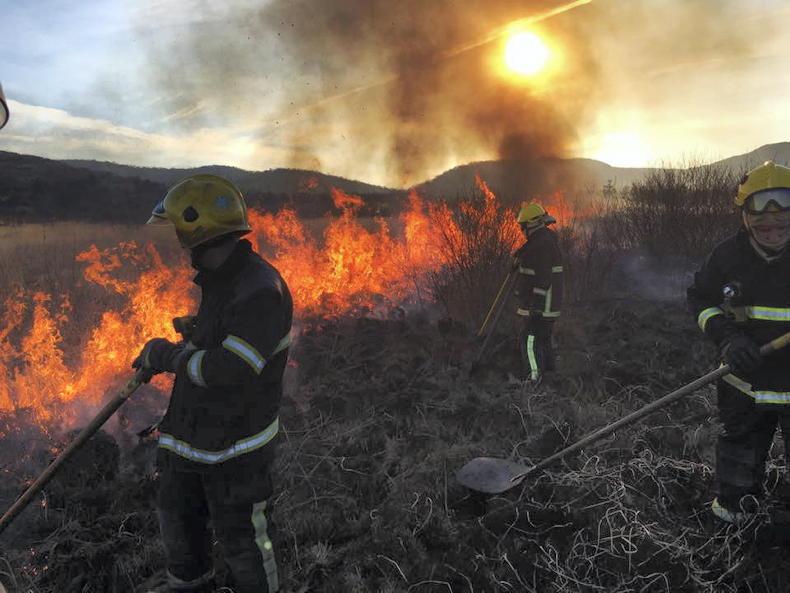
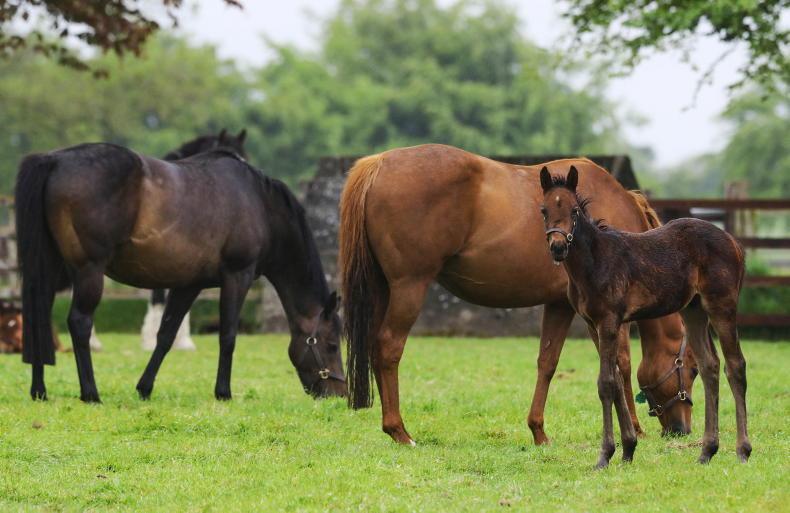
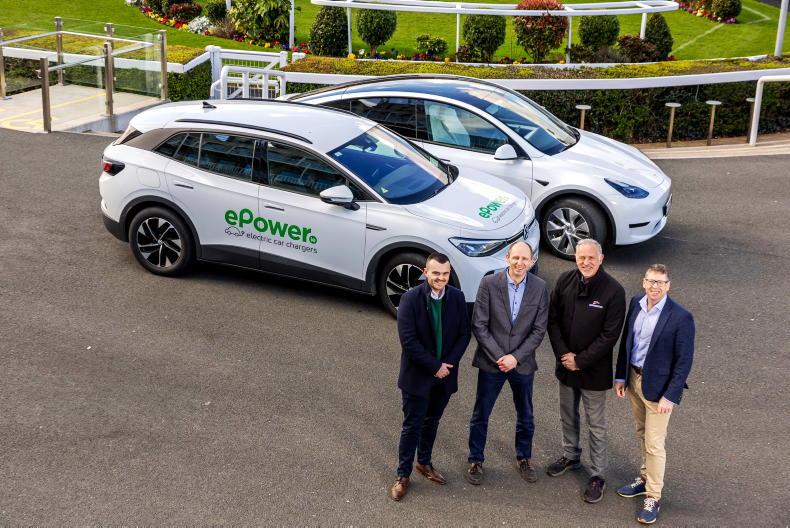
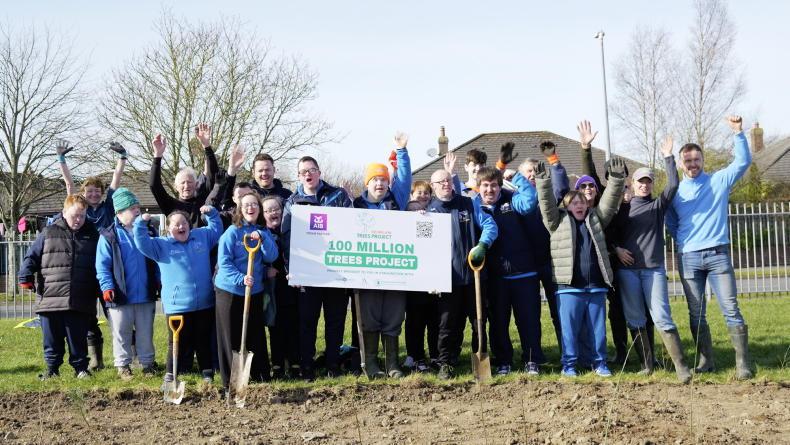
SHARING OPTIONS: